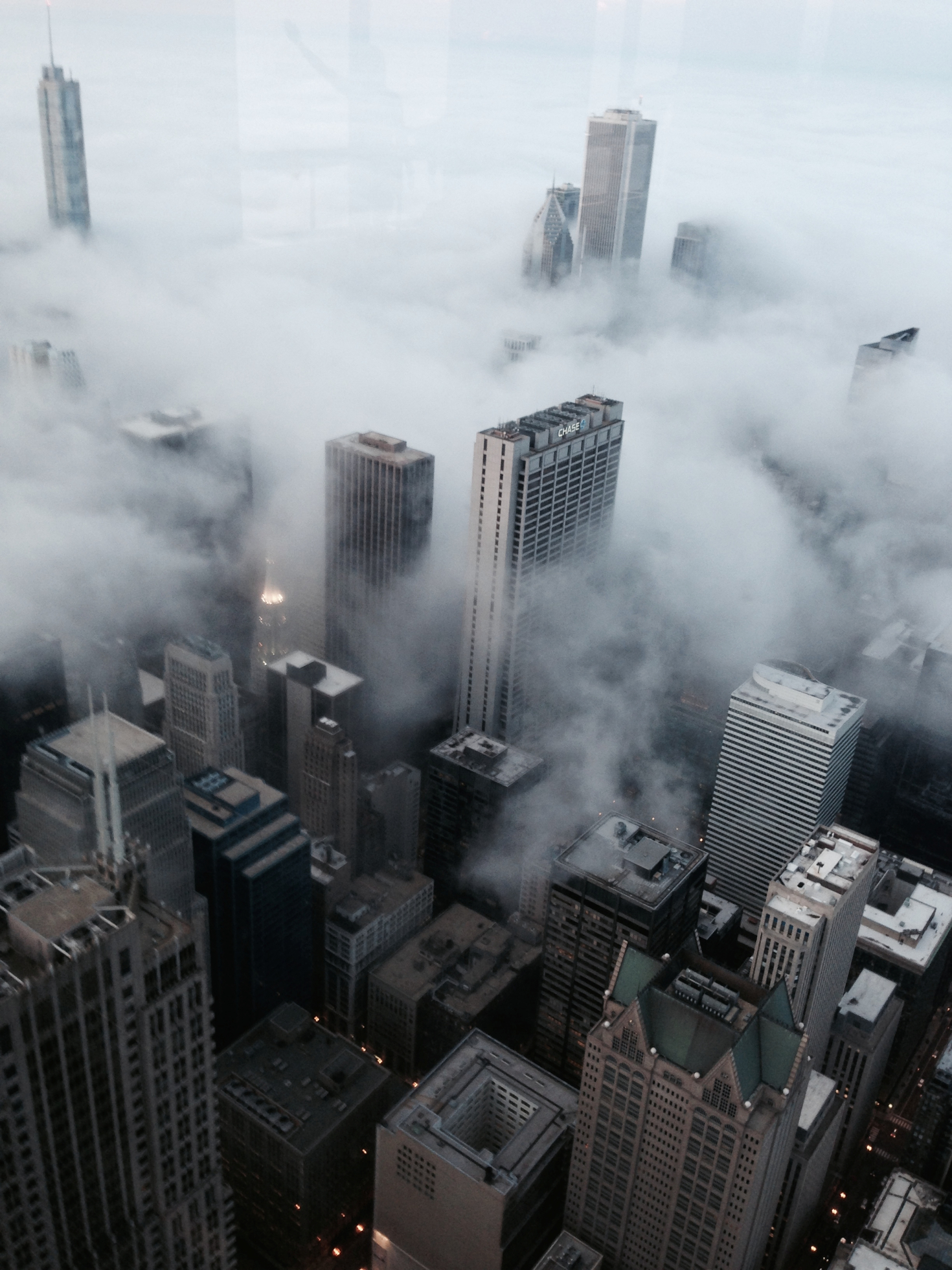
The world is getting more and more complex. Whether it is a global financial instrument gone wrong, understanding the terms and conditions of the services we use, doing basic maintenance on a car, obtaining sound professional advice, understanding the ingredients in the food we eat or making sense of a medical bill, complexity produces a fog that permeates
and clouds our everyday life. Some thrive on this complexity and skillfully use that fog to their advantage, preying on the naive or weary.
As a result of this complexity we have lost a connection and understanding of the physical things around us. I used to dismantle things in an attempt to see how they worked. I could take apart a watch and discern what the various parts did — that day is gone. So much of what transpires today is hidden on a chip or contained in a few lines of specialized code.
We no longer know what our buildings are made of. Composite materials with proprietary formulas and complex processes form building components often disguised as natural materials like stone, wood or grass. Material manufacturers are not required to provide a list of ingredients in their products or where they come from. An example is countertops made of recycled glass fragments.
What is not disclosed are the binders, additives, pigments and other materials that account for a significant portion of the finished product. There is no discussion of the chemicals released in the manufacturing process, even though the product is pitched as a sustainable building material.
The art work I display on this blog is an invitation to step away from the complexities of life — to examine and explore a visual world — ponder simple elements displayed within a field of reference — perhaps unlock the deep structure of our visual world — and return to daily activities better equipped to thoughtfully navigate a world of increasing complexities.
